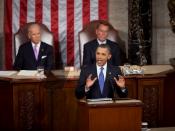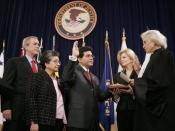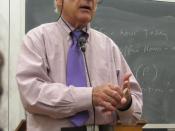Introduction:
This assignment will critically describe and compare two approaches to discourse analysis, namely, Speech Act Theory (SAT) and Conversation Analysis (CA). This comparison will cover the strengths and weaknesses of each approach and their similarities and differences and their applications in teaching and learning.
Discourse analysis is the analysis of language in use (Brown and Yule 1983). It also examines how stretches of language become meaningful and unified for their users (Cook 1989). Discourse analysts also consider the relationship between language and the contexts in which it is used and are concerned with the description and analysis of both spoken and written interactions (McCarthy 1991). Its primary purpose is to provide a deeper understanding and appreciation of texts.
Speech Act Theory:
Speech Act Theory (SAT) began with the work of John Austin, whose ideas were expanded and incorporated into linguistic theory by John Searle. Although SAT was not first developed as a means of analyzing discourse, some of its basic insights have been used by many scholars (e.g.
Labov and Fanshel 1977) to help solve problems basic to discourse analysis. Searle's work also raises important questions concerning the classification of acts about which people know and the way that a single utterance can be associated with more than one act.
SAT as an approach to discourse:
The essential insight of SAT is that language performs communicative acts. The hypothesis that the speech act is the basic unit of communication, taken together with the principle of expressibility, whatever can be meant can be said, suggests that there are a series of analytic connections between the notion of speech acts, what the speaker means, what the sentence (or other linguistic element) uttered means, what the speaker intends, what the hearer understands, and what the rules governing the linguistic elements...


